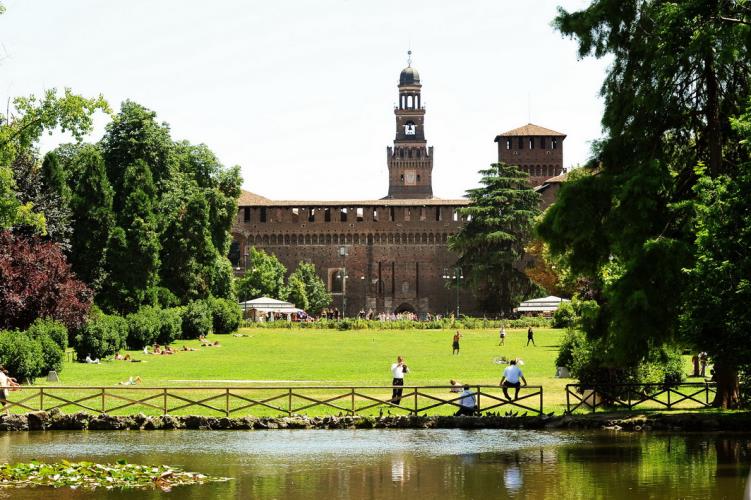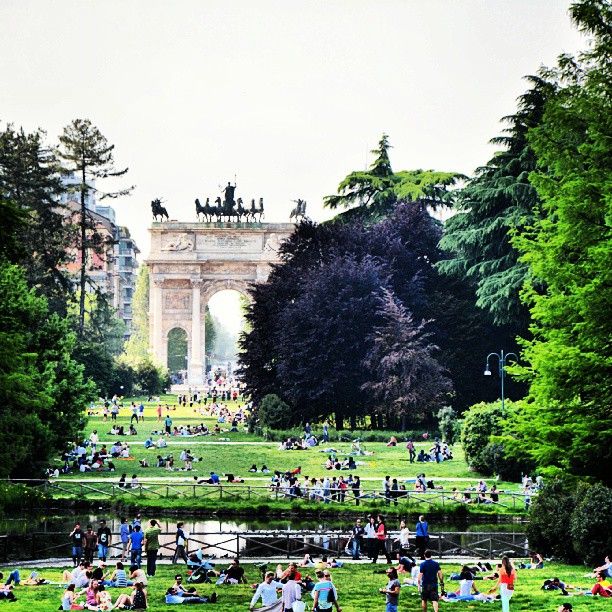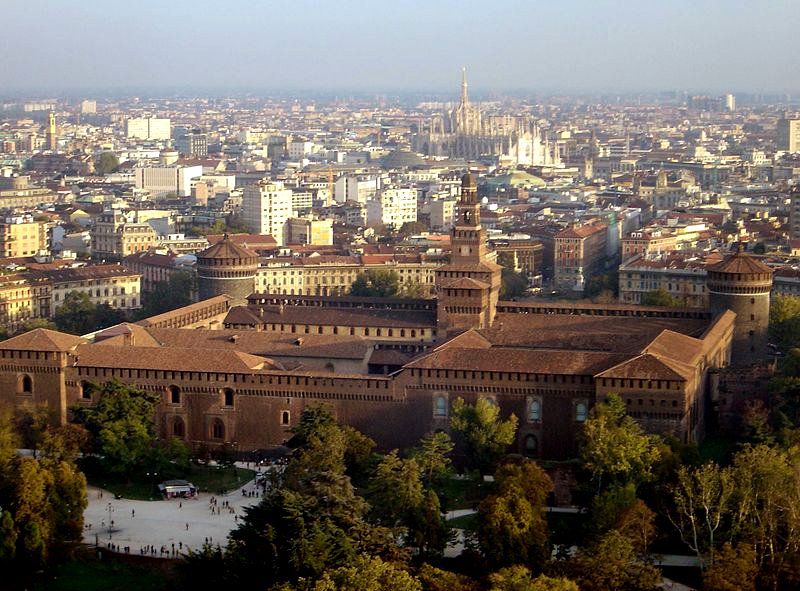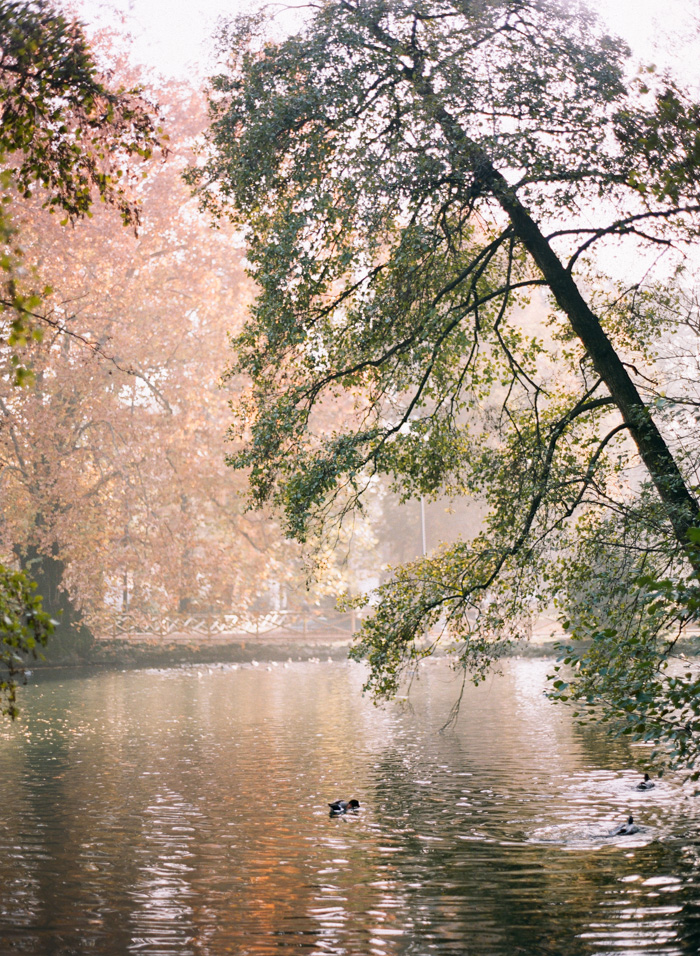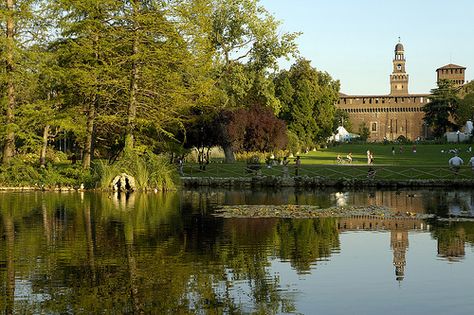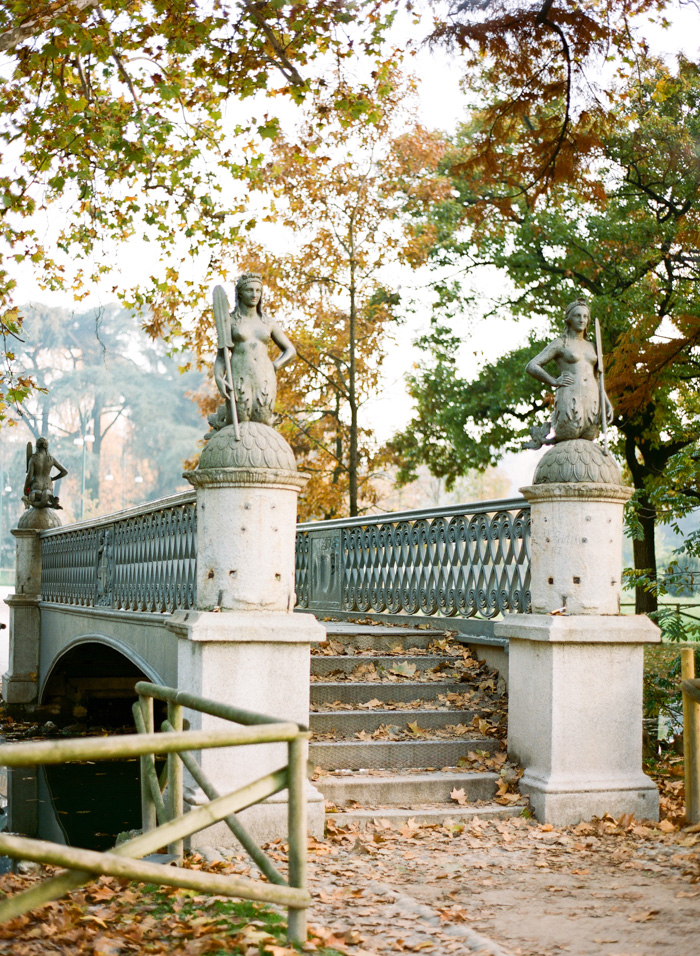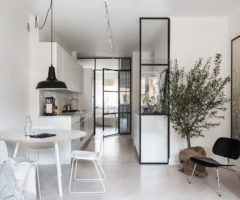Un rapporto viscerale lega i milanesi al Castello; un rapporto che non è sempre stato facile, soprattutto agli inizi (1370) quando il suo scopo era puramente difensivo. I milanesi sanno che ciò che vedono oggi è il risultato di molteplici interventi avvenuti durante i secoli, ma il Castello rappresenta per l’immaginario collettivo il cuore rinascimentale della città. Fu con gli Sforza che la sua destinazione militare mutò, diventando residenza nobiliare. Ma è soprattutto con Ludovico il Moro che il Castello acquista prestigio. Il signore di Milano, colto e raffinato, chiama alla sua corte artisti di grande fama, tra cui Donato Bramante e Leonardo Da Vinci, del quale oggi è possibile ammirare la Sala delle Asse. Nell’800 è l’architetto Luca Beltrami che interviene sull’architettura ma soprattutto sull’aspetto dell’edificio, allineandolo ad un gusto più ottocentesco. In epoca recente è bene ricordare che lo Studio BBPR fu coinvolto nella sistemazione del Castello. “In questa occasione sono stati puliti e portati alla luce anche gli intonaci dipinti e graffiti nell’Ottocento riconoscibili sulle pareti della Corte Ducale e sulla facciata dell’edificio verso il Cortile delle Armi, attuale sede della Raccolta delle Stampe “Achille Bertarelli” e dell’Archivio Fotografico. “
Una prospettiva dal Castello fino all’Arco della Pace, altra costruzione che racchiude l’ampio parco, oggi meta prediletta dai milanesi che amano trascorrere un po’ di tempo in mezzo al verde.
A view from the Castle onto the Arco della Pace, a gateway to one of the favorite milanese haunts, green and refreshing.
The relationship between the Castello and the milanese people is a truly vinceral one, not always easy, especially at the beginning (1370), when it was used purely as defence. The milanese are well aware that what we now see is the result of various historical events, but the Castello is nonetheless the most representing symbols of renaissence Milan. During the Sforza reign, the purpose of the castle changed, from defence and strength symbol to aristocratic residence. Especially during Ludovico il Moro’s reign the Castle became more refined and elegant: as a man of culture and style, Ludovico called the most notable artists to decorate and adorn the place, among which names such as Leonardo Da Vinci and Donato Bramante. Leonardo’s work is viewable in the Sala delle Asse. In the 1800s the architect Luca Beltrami works both on the architectural structure and on the external look of the building, taking it closer to the trends of the time. In more recent times, it’s worth mentioning the work done by Studio BBPR: “in this occasion we worked on bringing to life the paintings and graffiti which can be seen on the walls of the Corte Ducale and on the facade of the building, looking onto the Cortile delle Armi, currently home to the Raccolta delle Stampe “Achille Bertarelli”and to the ‘Archivio Fotografico. “

